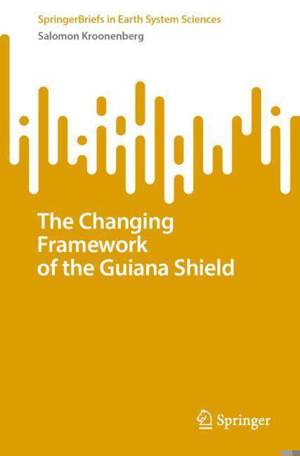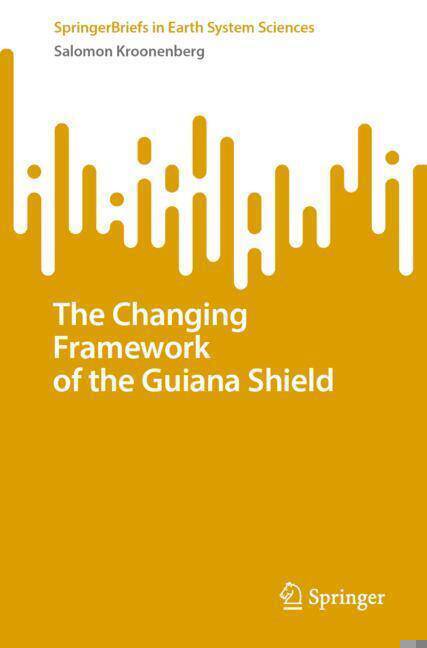
Je cadeautjes zeker op tijd in huis hebben voor de feestdagen? Kom langs in onze winkels en vind het perfecte geschenk!
- Afhalen na 1 uur in een winkel met voorraad
- Gratis thuislevering in België vanaf € 30
- Ruim aanbod met 7 miljoen producten
Je cadeautjes zeker op tijd in huis hebben voor de feestdagen? Kom langs in onze winkels en vind het perfecte geschenk!
- Afhalen na 1 uur in een winkel met voorraad
- Gratis thuislevering in België vanaf € 30
- Ruim aanbod met 7 miljoen producten
Zoeken
Omschrijving
This book describes the widely different concepts that have been developed about the general structure and origin of the Guiana shield during the last one hundred years. A review of the evolution of thoughts about the geological framework of the Guiana Shield shows that many problems discussed at present have deep roots in the past: is the shield essentially an Archean craton reworked and remobilized by later Proterozoic events, or is it the result of juvenile continental accretion around pre-existing Archean nuclei? Is the tectonic development comparable to that in the Archean or to modern orogenic processes, and what is the role of plate tectonics? All these questions have an immediate bearing on metallogenesis in the shield. On the basis of many published maps and stratigraphic schemes, advances in geochronology, geochemistry and structural geology, this book shows that many problems have still to be solved. It is based on thorough literature research, including many 'grey' papers in old conference proceedings that are not available digitally, written in the five languages of the Guiana Shield countries Dutch, English, French, Portuguese and Spanish, collected by the author during the fifty years of his involvement in Guiana Shield research. One of the striking features is that from the beginning until the present day, there are discrepancies between the views of scientists from the northern Guianian countries Colombia, Venezuela, Guyana, Suriname and French Guiana on the one hand, and the views of many Brazilian scientists in the south on the other hand, both sides commonly ignoring or neglecting the knowledge obtained by the other side across the rainforest-clad divide. Only a recent international cooperation programme opened the dialogue. By bringing together these views, the book contributes to a better understanding of the history of the Guiana Shield.
Specificaties
Betrokkenen
- Auteur(s):
- Uitgeverij:
Inhoud
- Aantal bladzijden:
- 111
- Taal:
- Engels
- Reeks:
Eigenschappen
- Productcode (EAN):
- 9783031863332
- Verschijningsdatum:
- 10/04/2025
- Uitvoering:
- Paperback
- Formaat:
- Trade paperback (VS)
- Afmetingen:
- 161 mm x 234 mm
- Gewicht:
- 226 g

Alleen bij Standaard Boekhandel
+ 96 punten op je klantenkaart van Standaard Boekhandel
Beoordelingen
We publiceren alleen reviews die voldoen aan de voorwaarden voor reviews. Bekijk onze voorwaarden voor reviews.









